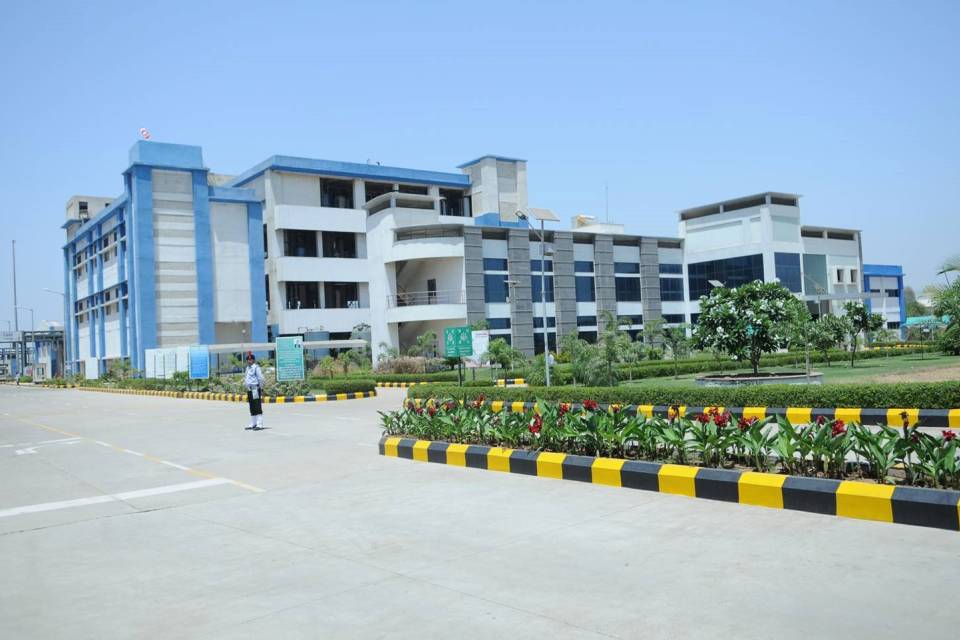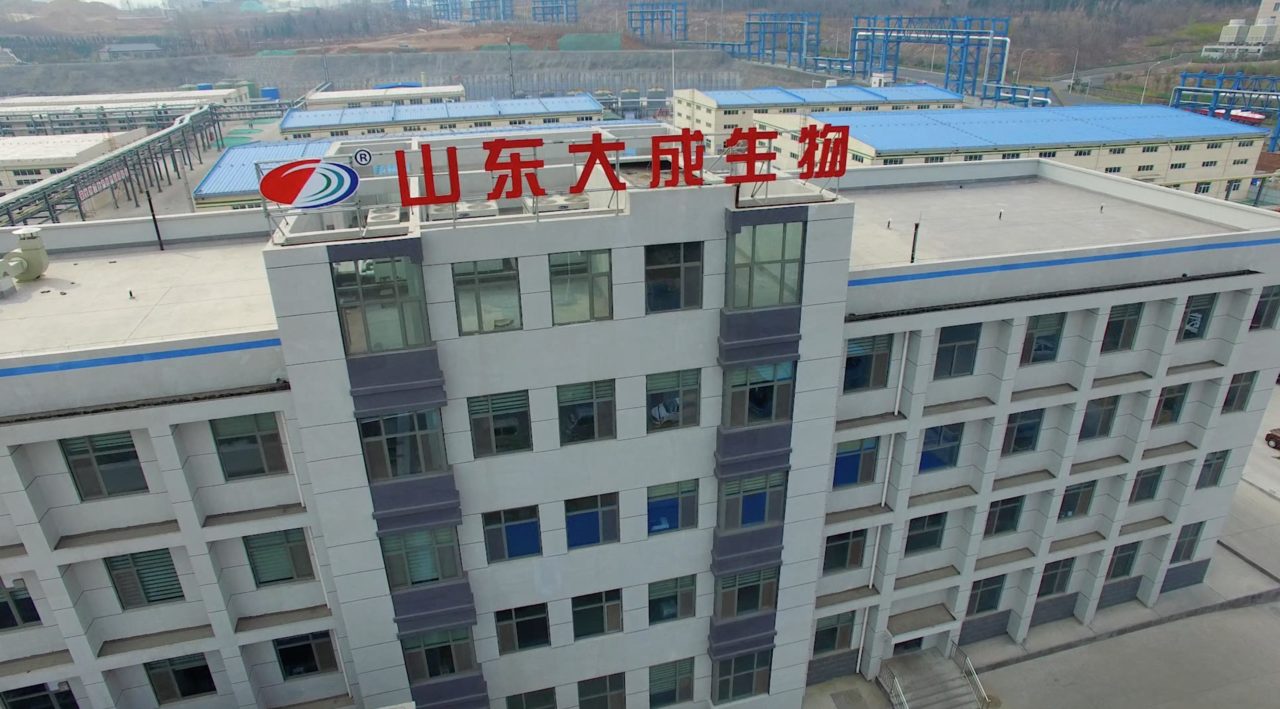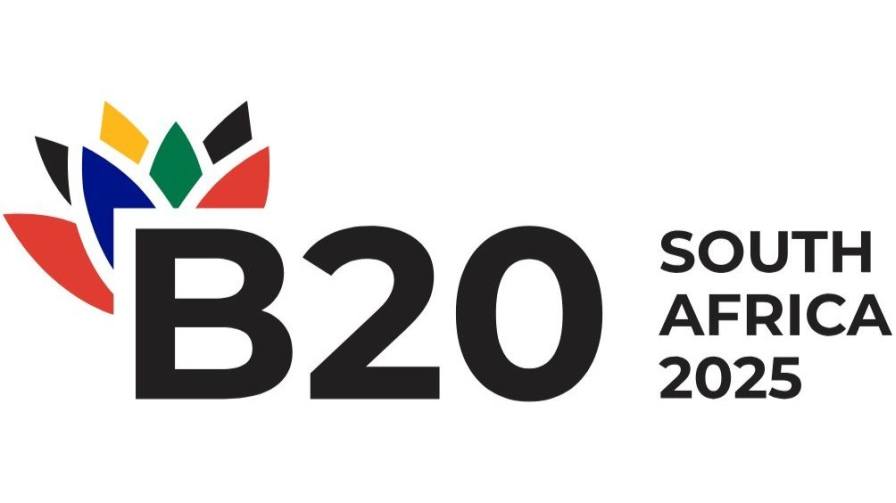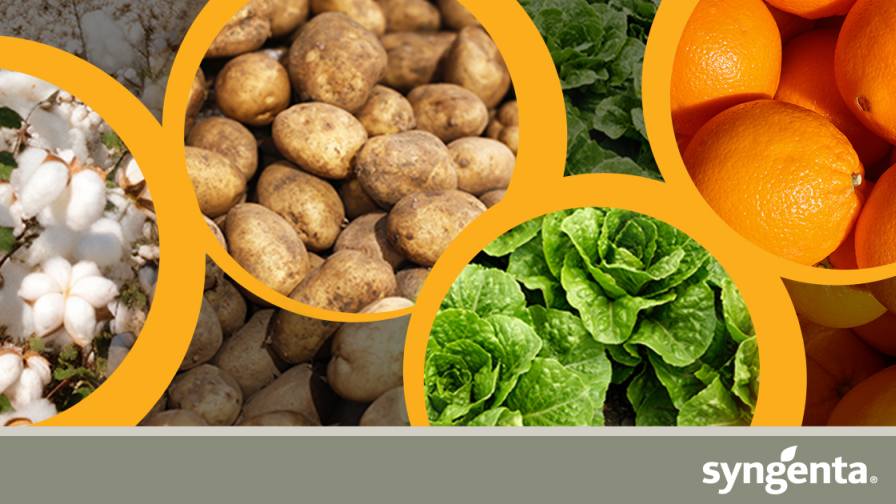Top Three Glyphosate Challenges in Today’s Global Market
Glyphosate is facing significant challenges throughout the global market. Concerns about its efficacy, regulatory acceptance, and oversupply continue to mount. The glyphosate market finds itself at a crossroads, prompting industry leaders to navigate these top three challenges. We recently caught up with Nufarm’s Ken Barham, VP Sales – Crop Protection, to get his insight on the current state of the glyphosate market.
1. Highly Competitive Landscape Driven by Low Prices
“We see the key impacts to glyphosate being the lack of demand on suppliers in South America as they continue to work through high inventory levels, a highly competitive landscape driven by low prices, and just-in-time purchasing of inventory where retailers are often buying at the last minute to supply growers,” Barham says.

Ken Barham. Photo courtesy of Nufarm
“The pressure to maintain lower working capital has narrowed purchase lead time all the way to the farm gate. While multiple factors, such as the high cost of money, are going to take time to resolve we can work together now to navigate our current circumstances. Communication and agility are key. Down-channel this could mean communicating buying intentions early to ensure access to preferred brands; while up-channel this could mean taking supply partnerships to another level where sharing risk can open opportunities,” Barham says.
2. Chinese Importers Congesting Channel
Barham says that due to the low supply prices and high import levels into the U.S. and other markets, there is an oversupply of glyphosate on a global level.
“The introduction of lower-end glyphosate from Chinese importers is having an effect as these companies offer a lower performing product and a much lower price. This trend has driven channel congestion, price erosion and gaps in quality that we see as a risk for growers. We can turn the tide at a policy level and a personal level where we’re actively prioritizing dependable quality for our farmers,” Barham says.
3. Black Market Ordering
“We are concerned that importer sell-direct methods will impact local manufacturing and ultimately fall short of grower needs. Advanced glyphosate formulation technology takes years of development and field work and requires complex manufacturing processes. These products offer sustainability and performance features that make a difference – and give suppliers an opportunity to lead by putting the best solutions forward,” Barham says.
Glyphosate continues to occupy a central role in modern agriculture, despite facing significant challenges and controversies. Anticipating the future trajectory of the glyphosate market involves a careful evaluation of demand patterns, particularly in regions like South America where demand is expected to rebound. However, this shift is not likely to occur until the fall and will have implications for price changes as we approach the 2025 growing season.





